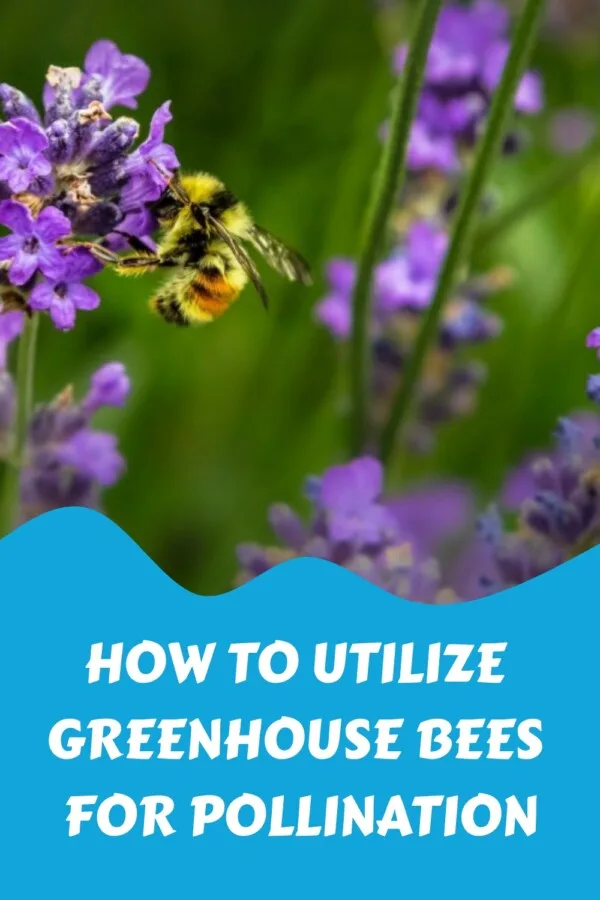If you like to garden, you know how important pollination is. Pollination is the process by which pollen is transferred from the male part of a flower to the female part, and it’s necessary for plants to produce fruits and vegetables.
Unfortunately, many plants rely on bees to carry out pollination. With the decline in bee populations, it’s becoming more and more difficult for plants to get the pollination they need.
That’s where greenhouse bees come in. Greenhouse bees are a type of bee that is specifically bred to pollinate crops in greenhouses. By using greenhouse bees, you can ensure that your plants are getting the pollination they need, and you can even increase the yield of your crops!
One common challenge people face when learning to use greenhouse bees for pollination is finding enough bees. While many beekeepers are willing to rent out their bees, the demand for greenhouse bees often exceeds the supply. This can make it difficult to get enough bees to pollinate your greenhouse properly.
Another issue is keeping the bees healthy. Greenhouse bees are just as susceptible to illnesses and parasites as other kinds of bees, so it’s critical to maintain their health. Clean drinking water and food are required, as well as monitoring for diseases and pests.
If you’re interested in using bees in a greenhouse for pollination, read on for more information.
What are Greenhouse Bees?
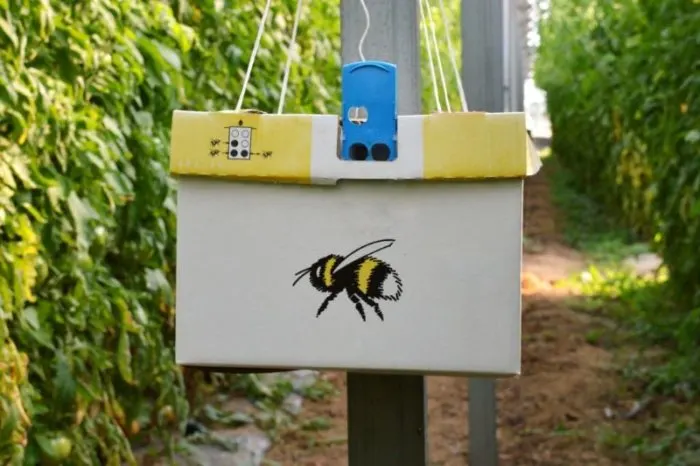
Greenhouse bees are a type of bee that is specifically bred to pollinate crops in greenhouses. Greenhouse bees are usually smaller than other types of bees and have a more docile temperament. This makes them less likely to sting people or damage plants.
Greenhouse bees are typically managed by beekeepers who rent them out to farmers or greenhouse growers. The bees are typically kept in hives that are placed in the greenhouse. When the bees are needed for pollination, the best beehives are opened, and the bees can fly around the greenhouse.
Why is Pollination Important?
Pollination is important because it allows plants to produce fruits and vegetables. Pollination occurs when the pollen from the male part of a flower is transferred to the female part. This process is necessary for the plant to produce seeds.
Bees play a vital role in pollination because they transfer pollen from the male part of the flower to the female part. Without bees, many plants would be unable to produce fruits and vegetables.
What is self-pollination?
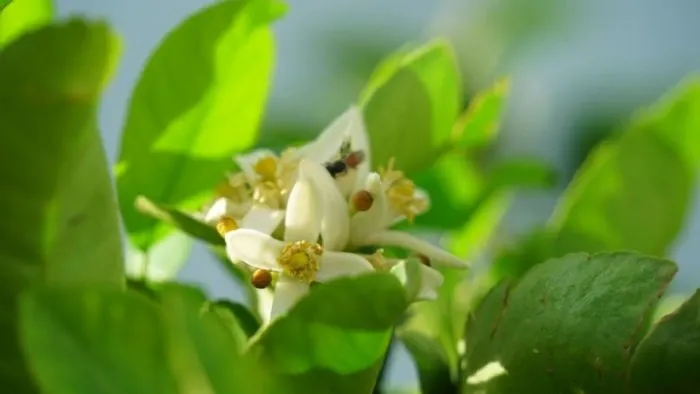
Self-pollination is a type of reproduction that occurs among some plants. The self-pollination plant contains both male and female reproductive parts and pollinates itself. This tree pollinates when pollen grains reach ovules.
Is there a flower you see that looks amazing? They have perfect qualities, but this species requires a little assistance from nature for its pollination. For self-pollination to occur, pollen grains should enter into the flower’s stigma.
It’s possible to stimulate self-pollination by tapping or vibrating the bloom. self-pollination is a type of reproduction that can be stimulated by human intervention, making it a valuable tool for growers and gardeners.
Types of Pollinators
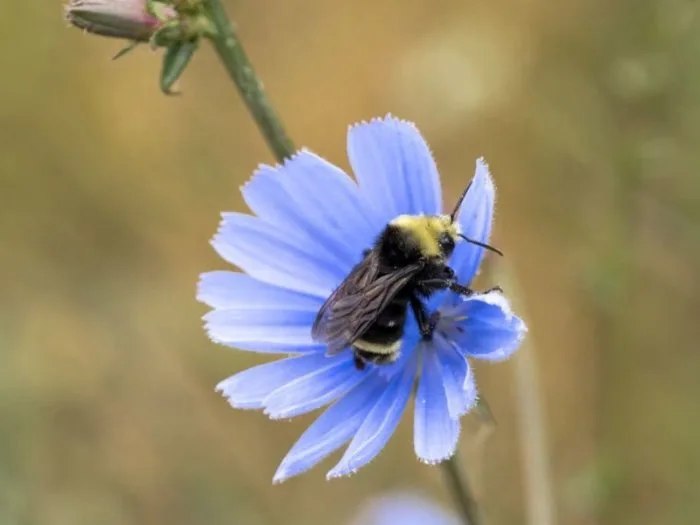
While many gardeners understand that bees are natural pollinators, they may not be aware of how pollinating can occur. For example, winds can act as polluting agents, and several different insects – including wasps, beetles, moths, and other insects – can help pollinate vegetation.
Additionally, several types of bats also pollinate vegetation, and gardeners can play a role in pollination through watering or pruning.
When gardeners water plants, they can sometimes disturb flower petals enough to cause pollen distribution. Similarly, when gardeners prune plants, they may also unintentionally pollinate other plants along the way. As such, there are many different ways in which pollen can be transferred from one plant to another.
Hand Pollination / Manual Pollination
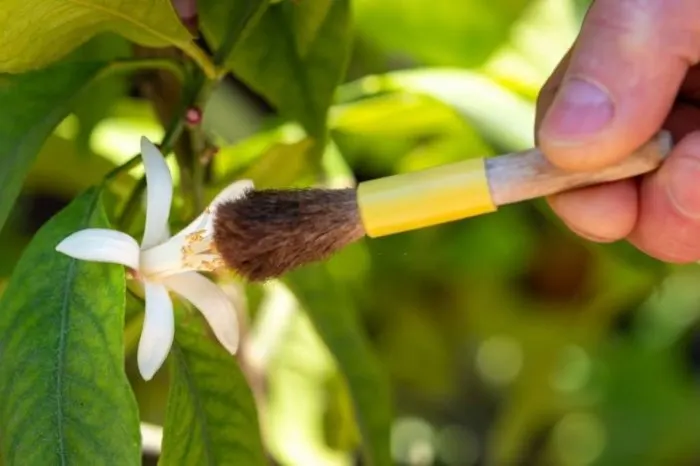
One way to automate natural pollination is by hand pollination. This is where the pollen is moved by hand from the male flowers to the female flowers. This can be done with a brush or hand-held device dipped in pollen.
Another way to automate greenhouse pollination is by using manual pollination. This is where the pollen is moved from the male flowers to the female flowers by an automated device that moves the pollen around.
This can be done with a machine that uses brushes or with a hand-held device that has been dipped in pollen. Whichever method you choose, automated Pollution can help you save time and money.
Honey Bees in the Greenhouse
While honey bees can technically be kept in a greenhouse, it is not ideal for their long-term health and productivity. For one thing, honey bees need to experience seasonal temperature changes to remain healthy.
A greenhouse will not offer the same range of temperatures as an outdoor environment. Additionally, these bees form swarm clusters at lower temperatures, so winter in a greenhouse is likely to be stressful for them.
Finally, honey bees are constantly foraging for food. While they can survive in honey stores for a short period, they will eventually need access to fresh pollen and nectar sources. A backyard is more likely to offer these resources than a greenhouse.
Other Bees in the Greenhouse
Most commercial greenhouses rely on a variety of bee species for pollination, including leafcutter bees and bumble bees. While honeybees are the most popular choice, they may not be the best option for all greenhouse growers.
On the other hand, leafcutter bees and bumble bees can navigate more easily inside the greenhouse and be more effective pollinators than honeybees. As a result, greenhouse growers should consider using a variety of bee species to ensure that their crops are properly pollinated.
How Bees Can Help with Greenhouse Pollination
Bees play a vital role in pollinating plants, and many people are now using greenhouse bees to encourage pollination in their greenhouses.
Greenhouses can help with bee pollination in two ways. First, they can increase the amount of pollen transferred from the male part of the flower to the female part. Second, they can help pollinate plants in a dynamic variety.
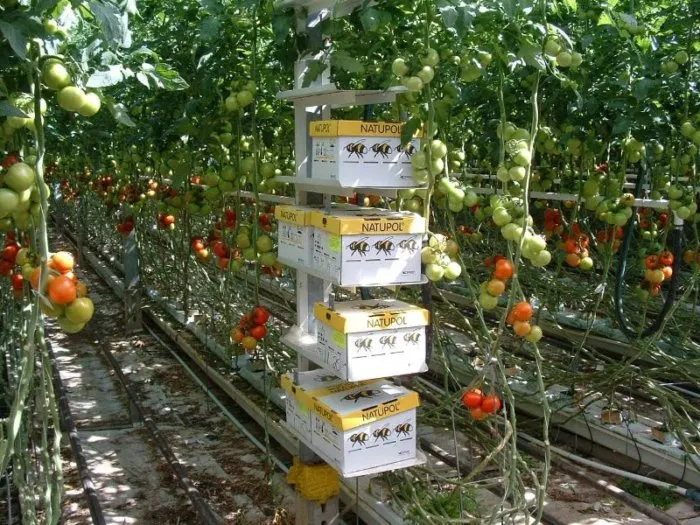
Increasing the amount of pollen transferred from the male part of the flower to the female part is important because it increases the chances that the plant will produce seeds. When more pollen is transferred, the plant is more likely to produce a higher yield of fruits and vegetables.
Bees or bumble bees in your greenhouse can also help pollinate a wider variety of plants. This is because bees can fly from one plant to another, transferring pollen as they go. This helps to ensure that all of the plants in the greenhouse are getting plants pollinated.
How do you use bees in a greenhouse?
Growers can buy bees in an envelope and release them into their greenhouses to help pollinate their crops. This method of bee pollination has many benefits.
First, it is important to ensure that the bees you are using are healthy and disease-free. Secondly, you need to take into account the size of your greenhouse. The bees will need enough space to fly around and pollinate plants inside.
Thirdly, it is important to release the bees at the right time of day. The bees will be most active when the temperature is between 60 and 80 degrees Fahrenheit. Finally, you need to provide the bees with a source of water and food. This is a great way of attracting and keeping bees for longer periods, making more efficient pollinators for your greenhouse plants.
Tips for Keeping Your Greenhouse Bee Population Healthy
You can do a few things to keep your bee population healthy.
Keep your bees healthy
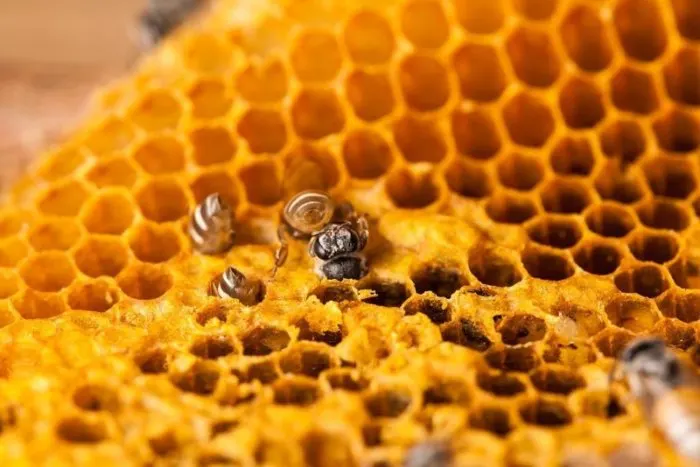
As any beekeeper knows, healthy bees are essential for a successful small greenhouse operation. One important way to keep your bees healthy is to provide clean water and food.
You can do this by making sure the bees have access to a clean water source and by providing them with a variety of food sources. By ensuring that your bees have access to these basic needs, you can help keep them healthy and happy and your greenhouse operation thriving.
Monitor for diseases and pests
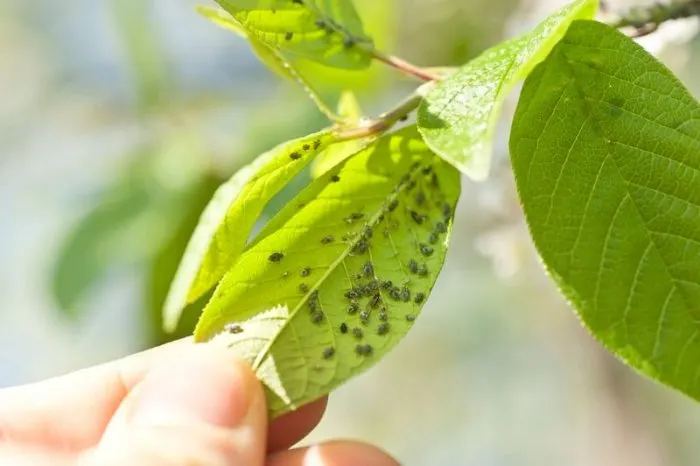
Bees are vital pollinators, and keeping them healthy is essential for the environment. Unfortunately, bees are susceptible to the same diseases and pests that affect other types of bees.
By monitoring for diseases and pests, you can help to keep your bees healthy. Some common diseases and pests include varroa mites, American foulbrood, and small hive beetles.
To monitor for these threats, you should inspect your hives regularly. Look for signs of disease or pest infestation, such as dead bees, larvae in abnormal locations, or abnormal behavior. If you suspect your hive is infested, contact a beekeeper or an apiary for assistance. By monitoring for diseases and pests, you can help ensure your bees’ health.
See Related: Best Insulation Options for Greenhouses
Provide a safe environment for your bees
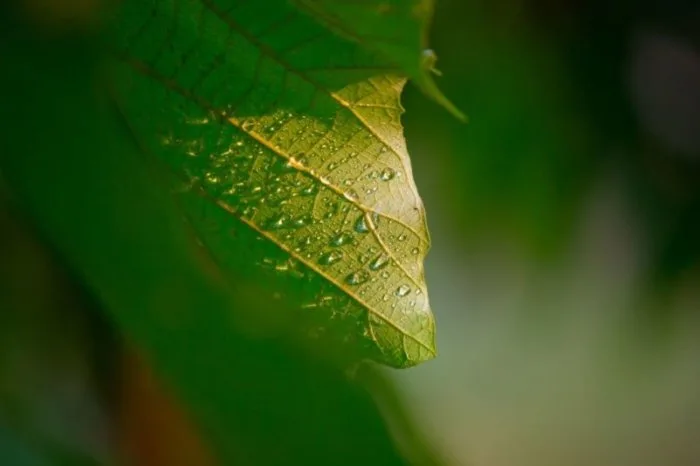
It’s important to provide a safe environment for your bees; one way to do this is to ensure they have a place to rest. Bees need a place to rest so they can recuperate from their work.
Providing the bees with a place to rest will make them less likely to get sick. You can do a few things to provide a safe resting place for your bees.
First, you can build or buy a bee house. Bee houses provide shelter from the elements and predators and offer a place for bees to congregate.
You can also plant flowers that attract bees, such as lavender or echinacea. These flowers provide nectar for the bees, and they also offer a place for the bees to land. By providing a safe environment for your bees, you can help them stay healthy and productive.
By following these tips, you can help keep your bees healthy and ensure they can pollinate your plants effectively. Greenhouse bees play an important role in pollination and are becoming more popular in greenhouses. These bees are smaller than other types of bees and have a more docile disposition, making them ideal for greenhouse pollination.
Pollination is important for the growth of plants, and greenhouse bees can help with this process. To keep your greenhouse bee population healthy, it is important to provide them with a safe environment and plenty of food.
FAQ
Can you keep bees in a greenhouse?
Yes, bees can be kept in a greenhouse. Greenhouse bees are honey bees or bumblebees that are kept in a greenhouse for pollinating plants in the greenhouse. They can be helpful in pollinating plants that may not get enough pollination from other bees or insects.
Can bees be kept in a greenhouse in winter?
Yes, bees can be kept in a greenhouse in winter. The key is to provide them with enough food and shelter to keep them warm. You may also need to supplement their food supply with sugar or honey if insufficient pollen is not available.
Can bees survive in a greenhouse?
Bees can be pollinated in a greenhouse since they are excellent at it. Beekeeping may be done successfully in a glasshouse or polytube, regardless of whether bumblebees are popular among most greenhouse growers.
Related Resources
- Best Aquaponics in a Greenhouse
- How to Winterize a Greenhouse [Step-by-Step Guide]
- Best Starting Seeds in an Unheated Greenhouse

